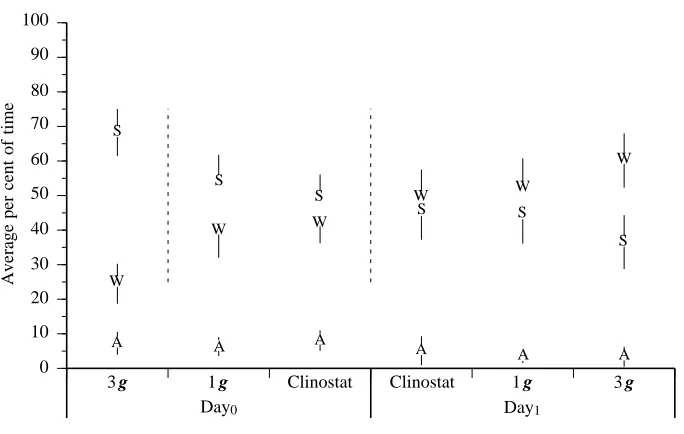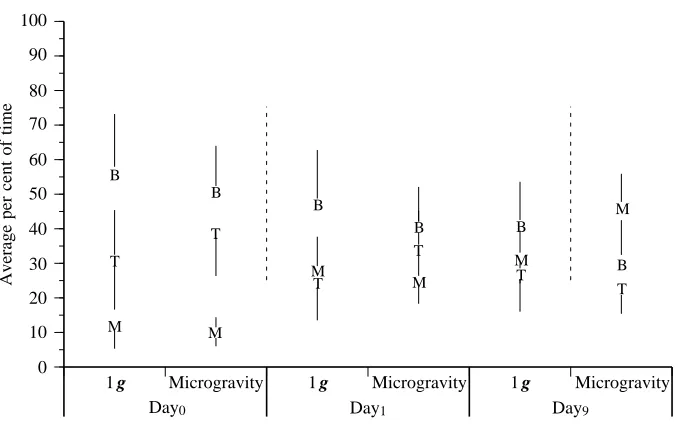Optomotor behaviour in Xenopus laevis tadpoles as a measure of the effect of gravity on visual and vestibular neural integration
Full text
Figure




Related documents
Data collection: SMART (Bruker, 1998); cell re®nement: SMART ; data reduction: SAINT (Bruker, 1998); program(s) used to solve structure: SHELXS 97 (Sheldrick, 1990); program(s) used
Data collection: SMART (Bruker, 2000); cell re®nement: SMART ; data reduction: SAINT (Bruker, 2000); program(s) used to solve structure: SHELXTL (Bruker, 2000); program(s) used to
Not all Warm Front measures lead to significant improvements in living conditions, but where they do, there is evidence of better physical as well as mental health. Our survey of
φ (Si, O ,Si) of 142.8 (5)°, a value close to those reported in the homologous phases; e.g. The resulting powder was then melted at 1423 K in a crucible made of quartz. Two
The chains consist exclusively of the two geometrically different molecules, alternately hydrogen bonded to each other via the Cl 2 CÐH group of one molecule.. with the OÐS(O)ÐPh of
A three-dimensional network of hydrogen bonds is observed in the crystal and H atoms of the guanidinium cations and water molecules are involved.. The phenylguanidinium cations show
The first plasmid-mediated resistance to quinolones was discovered in 1998 [11], in a clinical isolate of Klebsiella pneumoniae that could transfer low-level resistance
The displacement ellipsoids for both methyl groups correspond quite well to those anticipated for hindered rotors with a rather high potential barrier and threefold symmetry
